As we enter this new decade, I think it’s essential to remember where we came from. Especially in the marketing industry.
It’s not like just because we cross a certain date, things are going to massively change.
In fact, it’s more likely that things are probably going to stay the same for the foreseeable future!
So let’s take a look at a few marketing trends that popped up in the 2010s but are going to continue to be very important in the 2020s.
Content Marketing’s Evolution
Let’s be honest, content marketing is not a new concept or idea in the industry. I’m guessing every company has done some sort of content marketing since it’s rise to popularity.
However, most people think that content marketing only involves writing a blog post and hoping someone reads it.
It might have started like that but in the past six or so years that I have been in the marketing industry, the whole concept has evolved massively.
Content marketers don’t just have to be great writers to succeed now, they also have to be able to create infographics, record a podcast or film a YouTube video. And I believe that we are going to have to keep adding new skills to our toolbox in the 2020s.
Also, easy content that some of us got away with a few years ago is not going to cut it anymore. Paulina Golab from CallPage puts it nicely:
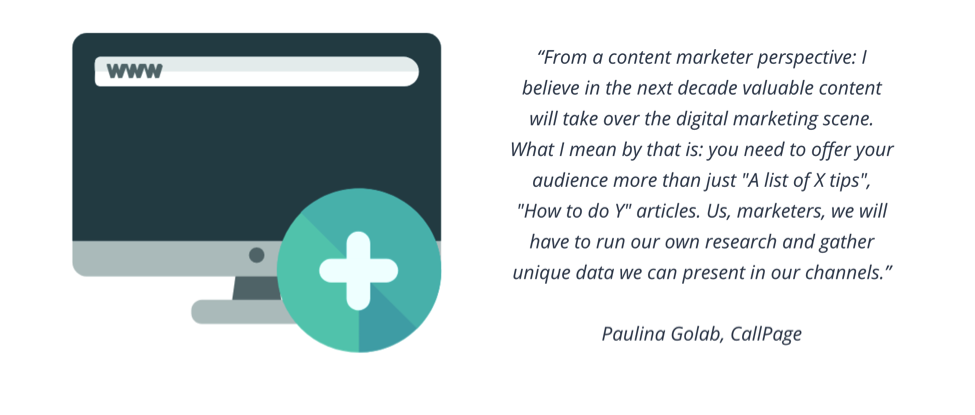
“From a content marketer perspective: I believe in the next decade valuable content will take over the digital marketing scene. What I mean by that is: you need to offer your audience more than just “A list of X tips”, “How to do Y” articles. Us, marketers, we will have to run our own research and gather unique data we can present in our channels.”
At Venngage we have found that almost all of our original data-driven articles perform exceptionally well.
For example, our survey about how marketers use visual content gets a ton of backlinks and traffic each year:
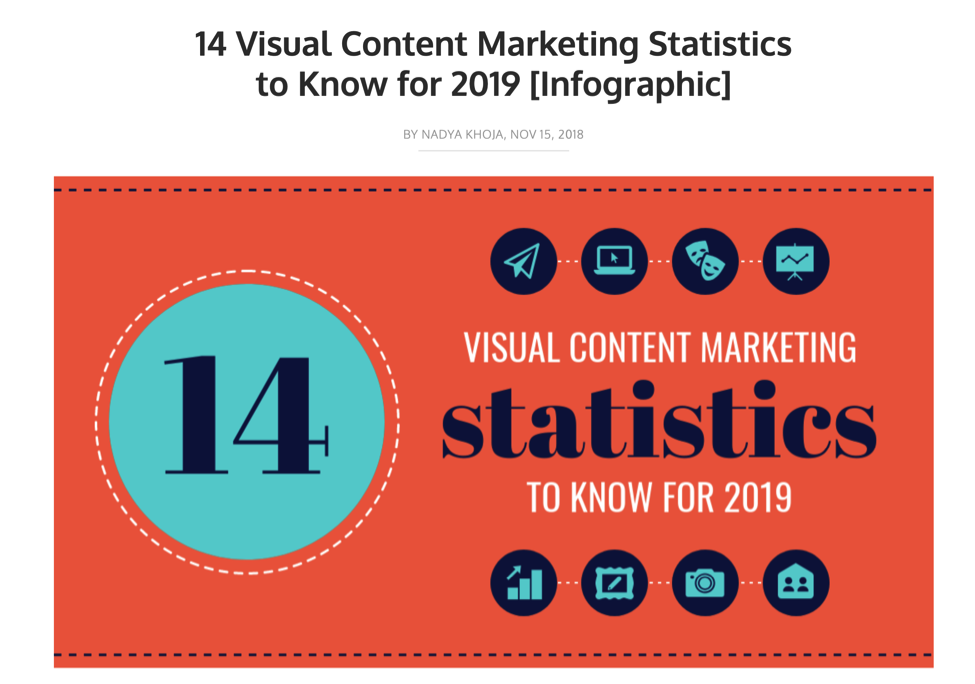
I believe this is because people, especially marketers, crave new data. They are always looking for something to help them get an edge on their competitors.
You can tell someone that a tactic is going to work, but if you can back it up with some original data, they will almost instantly believe you and want to share it with their friends!
What’s great about these data-driven articles is that you can use them to create a bunch of unique pieces of content too!
If you check out the post that I outlined above, we used that original data to create infographics, social visuals, and even a presentation.
Plus, with a data-driven piece of content, you can quickly establish your company as a voice in your industry.
Mobile Rules Everything Around Me
It would be a safe bet to say that most people use their phones more than any other device. But it wasn’t always like this, 2014 was the first time mobile usage overtook desktop internet usage.
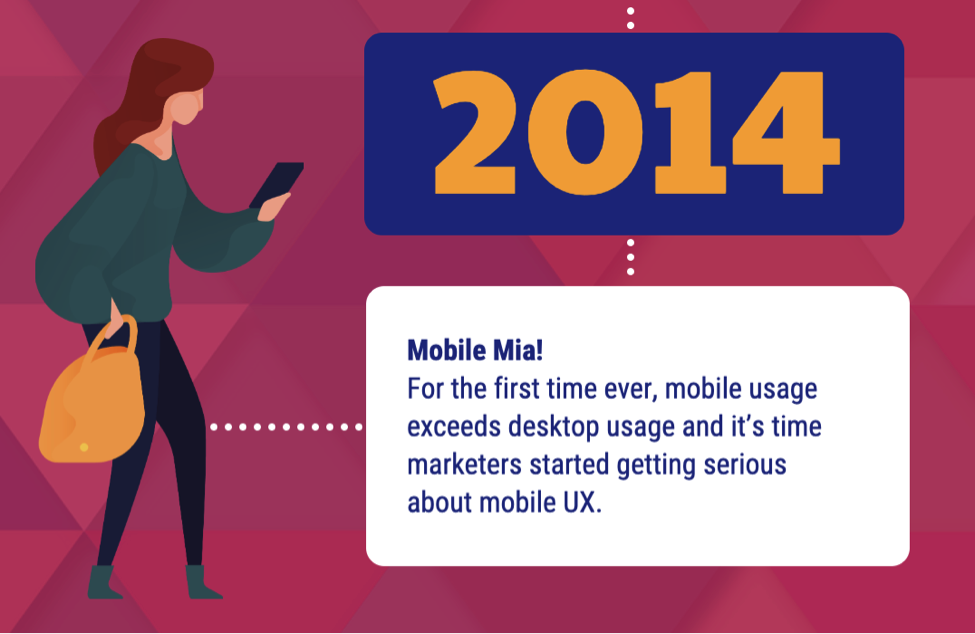
My first foray into smartphones was an iPhone 3G in 2010 and it feels like a toy compared to what I have now.
Think about how much the internet, and the world, has changed since we gained the ability to carry around a computer in our pocket. We can now do things that felt like they were ripped straight from a sci-fi movie.
Now I can’t predict if screens are going to get any bigger or smaller, but I do know that mobile devices will continue to dominate for the foreseeable future.
When you are planning your content or campaigns, you must take into account how it will work and look on mobile.
Emails, social graphics, and even blog posts will need to be optimized for a mobile user first. Because that’s where most of your users are going to be!
It might even get to the point where desktop sites are regarded as a secondary focus for some brands, almost like mobile sites in the first few years of the smartphone boom.
Especially if these trends continue:
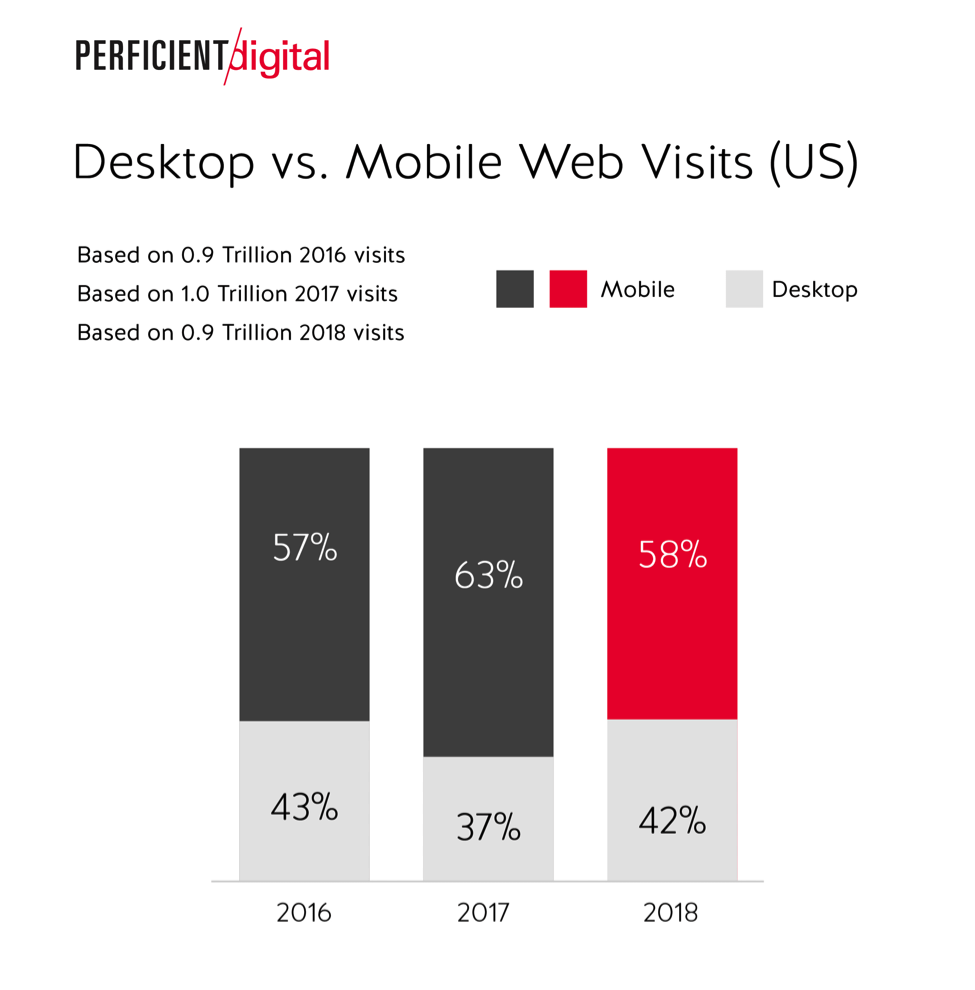
I mean Google has already helped push mobile-first sites to the forefront over the past few years by penalizing sites that have poor mobile user experiences. Once Google does something, it’s almost law on the internet.
That doesn’t even take into account mobile-first apps like Tik-Tok or Instagram! And as brands continue to invest in those networks, you want to make sure people can seamlessly use your site or store from all mobile sites and apps.
There is nothing that kills a user’s excitement more than finding something they want to use purchase on mobile and being directed to a wonky mobile site that barely works.
User Data Explosion
Sometimes it feels like there’s too much data to deal with every day. Sorry to break it to you, but in the 2020s that’s really not going to change.
Marketers are truly spoiled by the amount of data we have access too. But we don’t always know how to use it correctly or efficiently. And while a lot of marketers are probably already overwhelmed by the amount of data they can access in an instant, the search for more data isn’t going away.
We will continue to want to know literally everything we can about our visitors, viewers, and customers. Now even with the rise of internet privacy and the implementation of things like GDPR, I think that there still is going to be a ton of data collected every second you spend on the internet.
What I do think will change is the way that we use, integrate and analyze that data in the future. A lot of this will probably be driven by an increase in marketing automation as well.
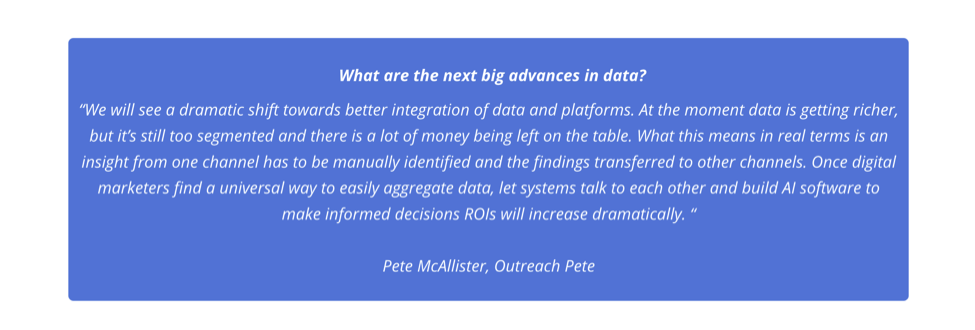
Pete McCalister from Outreach Pete seems to agree with that conclusion too:
“We will see a dramatic shift towards better integration of data and platforms. At the moment data is getting richer, but it’s still too segmented and there is a lot of money being left on the table. What this means in real terms is an insight from one channel has to be manually identified and the findings transferred to other channels. Once digital marketers find a universal way to easily aggregate data, let systems talk to each other and build AI software to make informed decisions ROIs will increase dramatically. “
Additionally, as we continue to collect all this data, I believe tools that help you not only analyze it but also visualize the information will become more popular, and even smarter.
Especially if you need to share this information with the rest of your team or company in an organized manner. No one is going to want to read or analyze a spreadsheet full of data, they just don’t have the time.
But you could quickly turn that data about into a simple report like this:
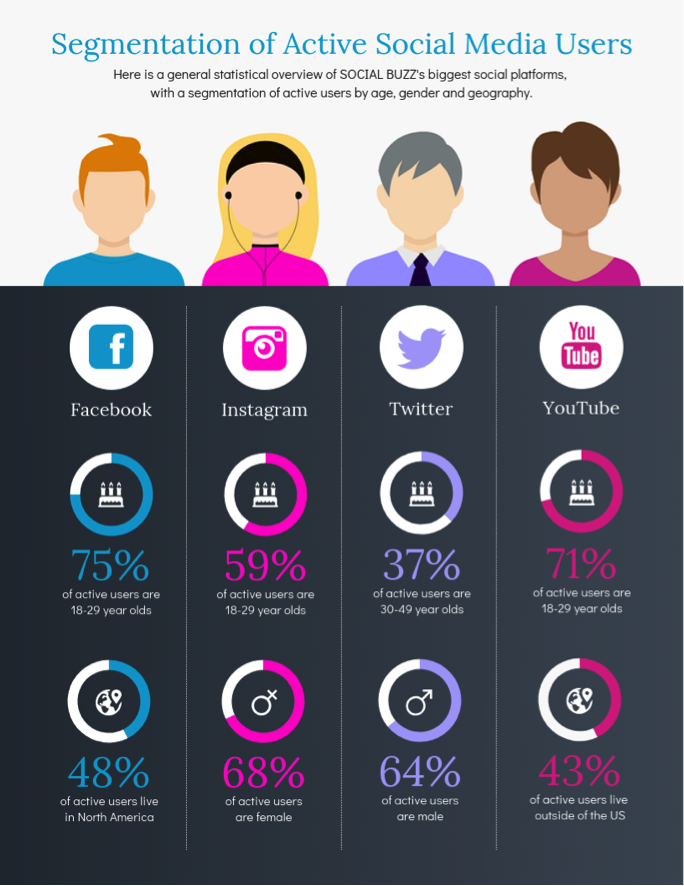
It’s just easier to show someone why something working is working with a visual. And as design automation continues to get better, creating reports like this will only take a single click.
Plus I can guarantee even the busiest marketer will want to read this visually appealing report.
—
If you want to check out some of the other major trends that helped shape our next decade, check out this infographic!
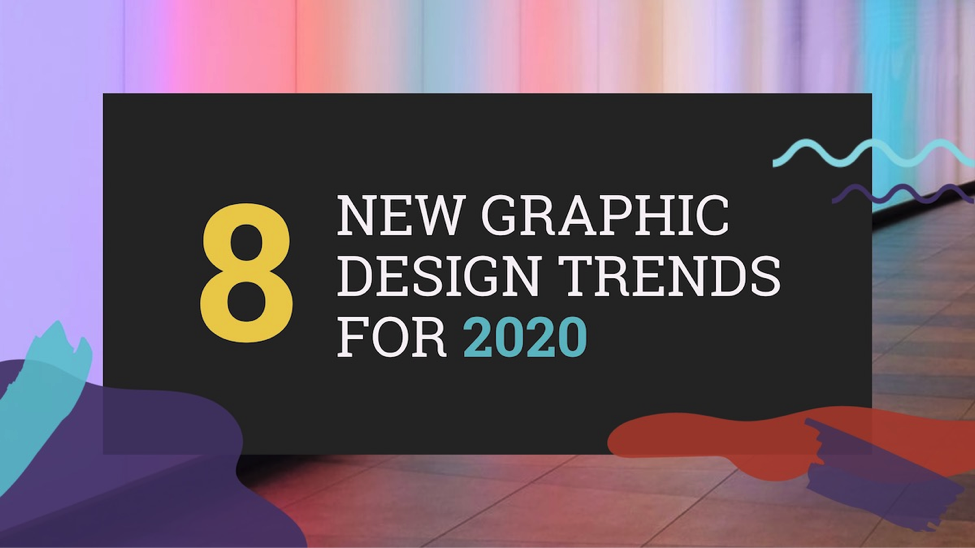
Now if you want to also upgrade your graphic design skills this year, start with some of these design trends!
- 3 Current Marketing Trends That Will Continue To Shape The 2020s - January 28, 2020
- 3 Graphic Design Trends Anyone Can Use in 2020 - December 3, 2019
